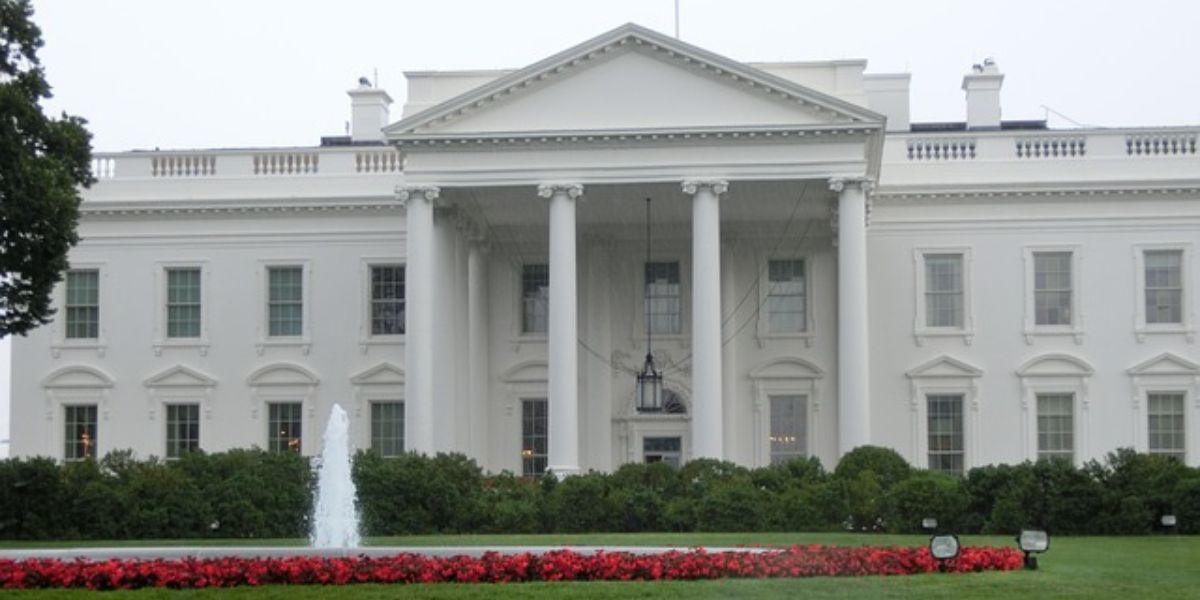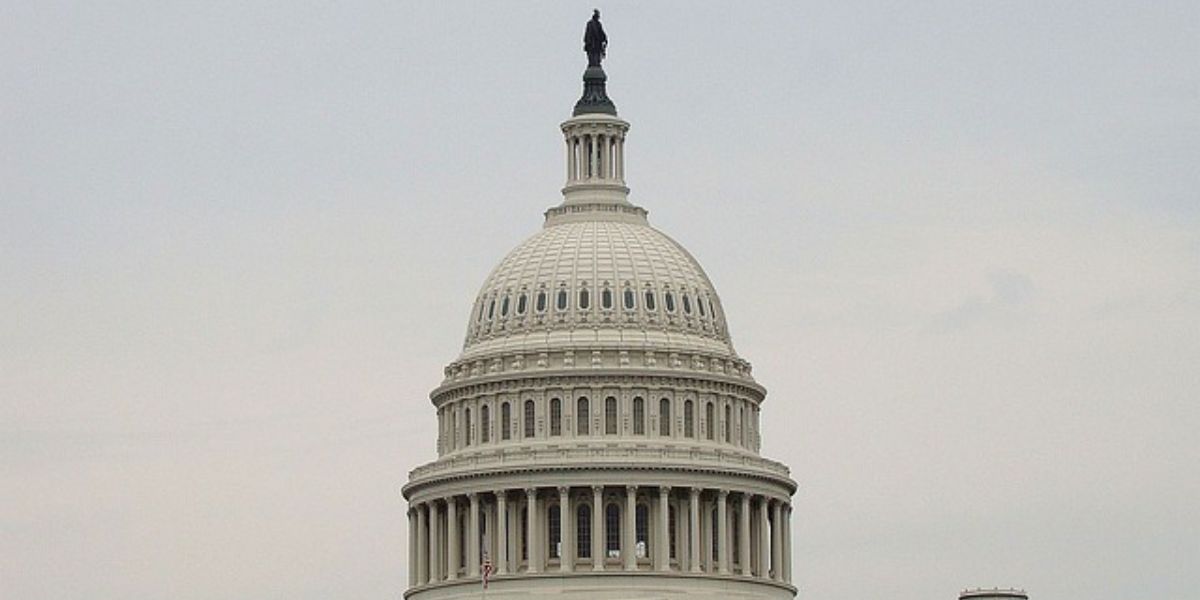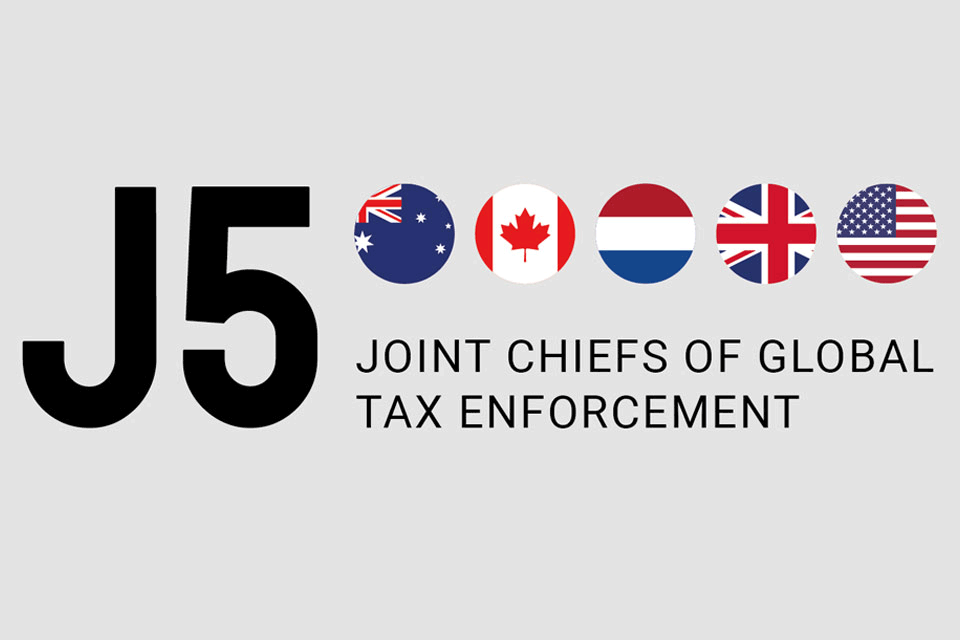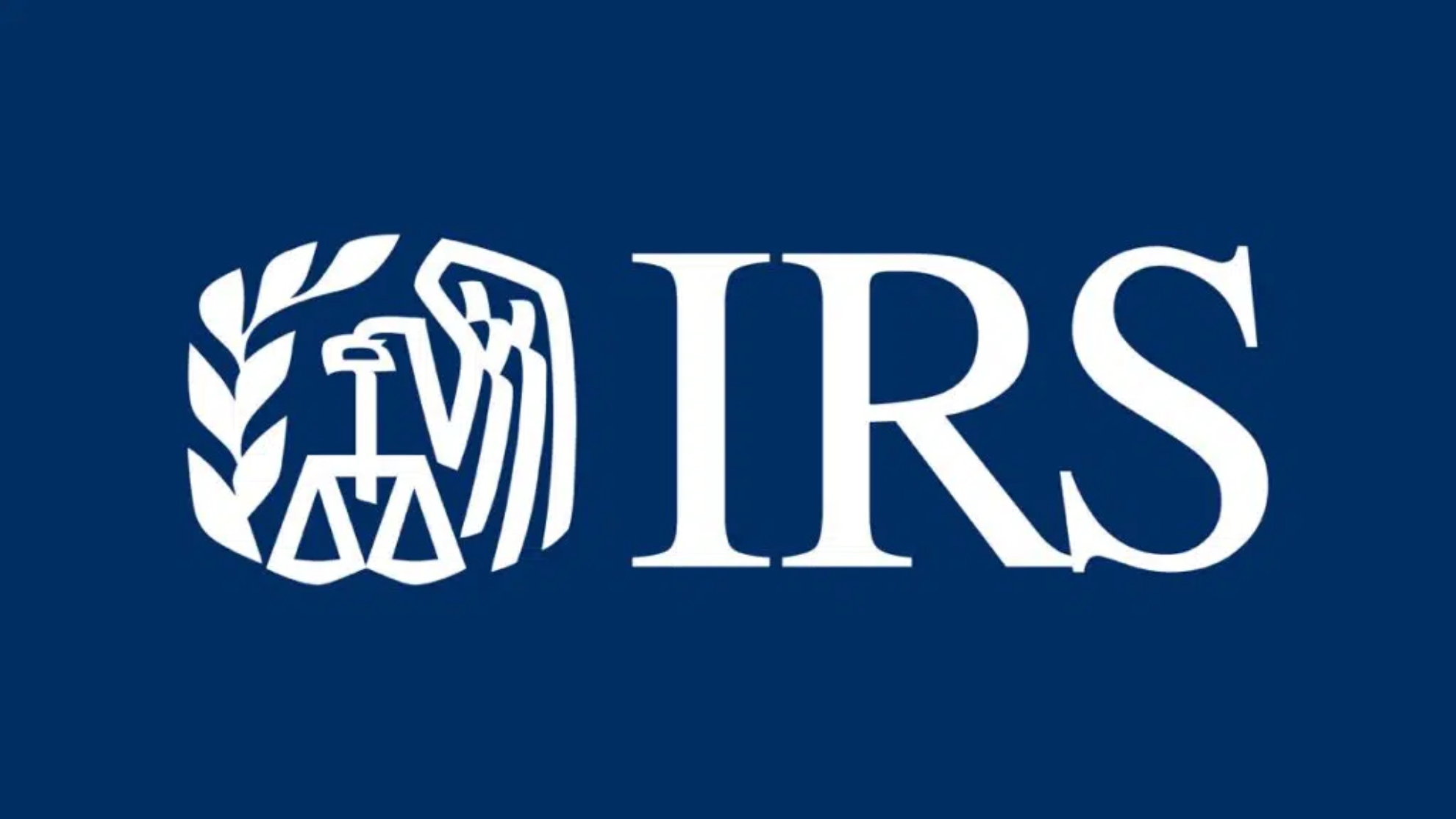On 5 April 2021 the US Treasury Secretary Janet Yellen announced that she is working with the G20 countries to reach an agreement on a global minimum corporate tax rate. This is a reference to US cooperation with the G20/OECD initiative to design a global corporate minimum tax under Pillar Two of the proposals on taxation of the digital economy.
Agreement on a global corporate minimum tax would enable the US to raise its own corporate tax rate from the current 21% to the planned 28%, which was part of the tax plans on which the current administration ran for election. The scope for companies to resort to tax avoidance to reduce tax bills would be limited.
The US administration’s current spending plans on healthcare and infrastructure are a driving force behind the need to raise more tax revenue.
OECD – Global Minimum Tax
The global base erosion (GloBE) proposals under Pillar Two of the OECD project on taxation of the digital economy aims to ensure that large multinational enterprises pay a minimum level of tax regardless of the location of their headquarters and of the jurisdictions in which they operate. The rules aim to ensure minimum taxation while avoiding double taxation and minimising compliance costs. Where possible Pillar Two uses clearly defined rules and formulaic approaches, to facilitate compliance and avoid tax disputes that could arise from subjective rules.
The rate of minimum tax to be applied under the GloBE proposal is to be determined after the other elements of the global minimum tax proposals have been agreed.
Coordination of the GloBE proposals with the US global intangible low-taxed income (GILTI) rules is one of the issues that needs to be resolved in the discussions to arrive at an international consensus within the OECD.
US GILTI Rules
The previous US administration’s Tax Cuts and Jobs Act introduced from 2017 a new Section 951A requiring a US shareholder of a controlled foreign corporation (CFC) to include in its income the GILTI income of the CFC. A 50% deduction (37.5% from 2025) is permitted to US shareholders (apart from RICs and REITs) so the income is taxed at a rate that is effectively half the US corporate tax rate. The tax rate on the offshore income is therefore currently 10.5%.
The GILTI, was designed to be charged at 10.5% on companies that were paying a global tax rate of less than a specified threshold on income earned from their offshore operations. The rules still gave some scope for multinationals to shelter income in low-tax jurisdictions by the low rates with taxes on income earned in high-tax jurisdictions, thereby bringing them above the specified threshold and avoiding the need to pay further tax.
Biden Administration Tax Plans
Under the Biden tax plans, in addition to raising the corporate income tax rate from 21% to 28%, the rate of tax on the GILTI would effectively double, from 10.5% to 21%. The GILTI income would be taken into account on a country-by-country basis, therefore removing the ability of multinationals to avoid tax by mixing the rates of low and high jurisdictions. The exemption for offshore income earned from certain types of asset would be removed.
Participation in the OECD discussions on a global minimum tax would help the US to combat tax avoidance by multinationals, provided that issues around coordination of the OECD plans with the US GILTI rules can be resolved.















